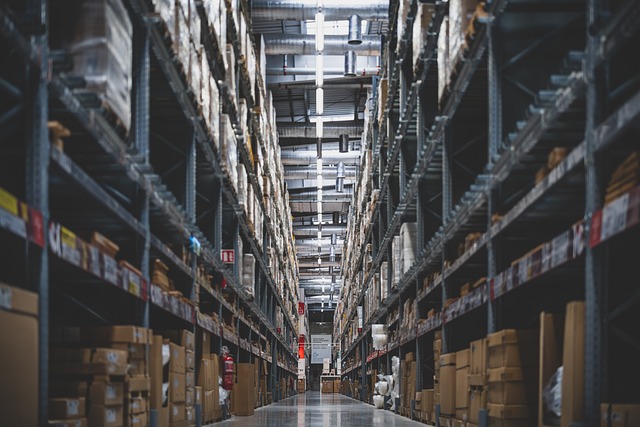Businesses that own a warehousing or warehouse facility may rely on a small group of experienced staff who know the inside of the facility and can quickly find and pick stock. But warehouses of this size and scope now require ever-expanding space, and relying on human memory to locate products is not a wise approach. Warehouse numbering schemes are becoming increasingly popular in the management of day-to-day inventory and warehouse operations.
It is unlikely that anyone other than warehouse managers and employees who are actively involved in day-to-day operations will ever be curious about warehouse systems and location schemes. They do not understand the importance of keeping the warehouse running efficiently when it comes to their business.

Developing an Effective Warehouse Numbering Scheme
In its most basic form, a warehouse location numbering scheme identifies individual locations within a warehouse facility. Labeling is a big deal; what could be more complicated than that? Others may say so, but they fail to realize that an effective numbering method requires more than just putting numbers and stickers on boxes and shelves.
Reduce the Number of Location Codes Used
Regardless of the size of your warehouse, location codes and numbering schemes should always be kept as short and accurate as possible. If your warehouse expands and you have to deal with additional aisles, shelves, and boxes, then expanding codes will cause even more confusion.
Arrange goods in a logical order
Use a sequential approach
Whether using a numeric or alphabetical approach, it is most advantageous to follow a logical order and sequence when creating labels. This is preferable to the color codes used by other warehousing systems. However, they are prone to mistakes and human error because lapses in human memory make it easy for them to forget which color follows another. Consider the following points when developing a numbering strategy:
Aisles
Each aisle should have a number. Each section of the warehouse (such as the repacking area, pallet rack area, etc.) should use a different numbering sequence. Using cross-aisles instead of assigning numbers to shelves, rows, and racking areas can reduce the total picking travel distance. Higher aisle numbers are easier to remember than lower aisle numbers, especially in areas with more aisles.
Sections
In warehousing, the area between two upright structures is sometimes called a "section" or "compartment." Start at the bottom level and work your way up. It is a wise strategy to start at the reception area and work your way to the other side.
Positions
Each level has two positions (left and right), numbered 1 and 2 on the left and 2 on the right.
Optimize your positioning:
If there is a sudden increase or shift in demand, companies tend to stock various SKUs in inventory to cope with demand. It is not a good idea to have multiple SKUs in the same warehouse facility, even though many warehouse facilities currently do this. This will lead to confusion, and your location numbering system will become less effective.
In addition, incorporate cutting-edge technologies such as the Internet of Things (IoT) and electronic warehouse shelf labels into your warehouse management system database to maximize efficiency (WMS). With fully automated shelves and bin systems, inventory management will become a breeze.
Take advantage of professional labeling systems:
If you continue to use manual systems and paper labels for location numbering while improving your warehouse architecture and establishing an effective location numbering scheme, then efficiency will decrease. In addition, using printed labels may waste resources and increase financial burden.
Traditional stickers and printed labels can be replaced with ESLs or electronic shelf labels, which is a good alternative. When these technologies are combined with other cutting-edge systems such as the Internet of Things (IoT), you can use labeling systems more accurately and are less prone to human errors.
Once you have finalized your location numbering scheme, you should formalize and standardize the principles and processes for implementing your location numbering system. This way everyone can be trained and familiar with your system. It is also a good idea to utilize maps and other visual aids to show where things are located.











